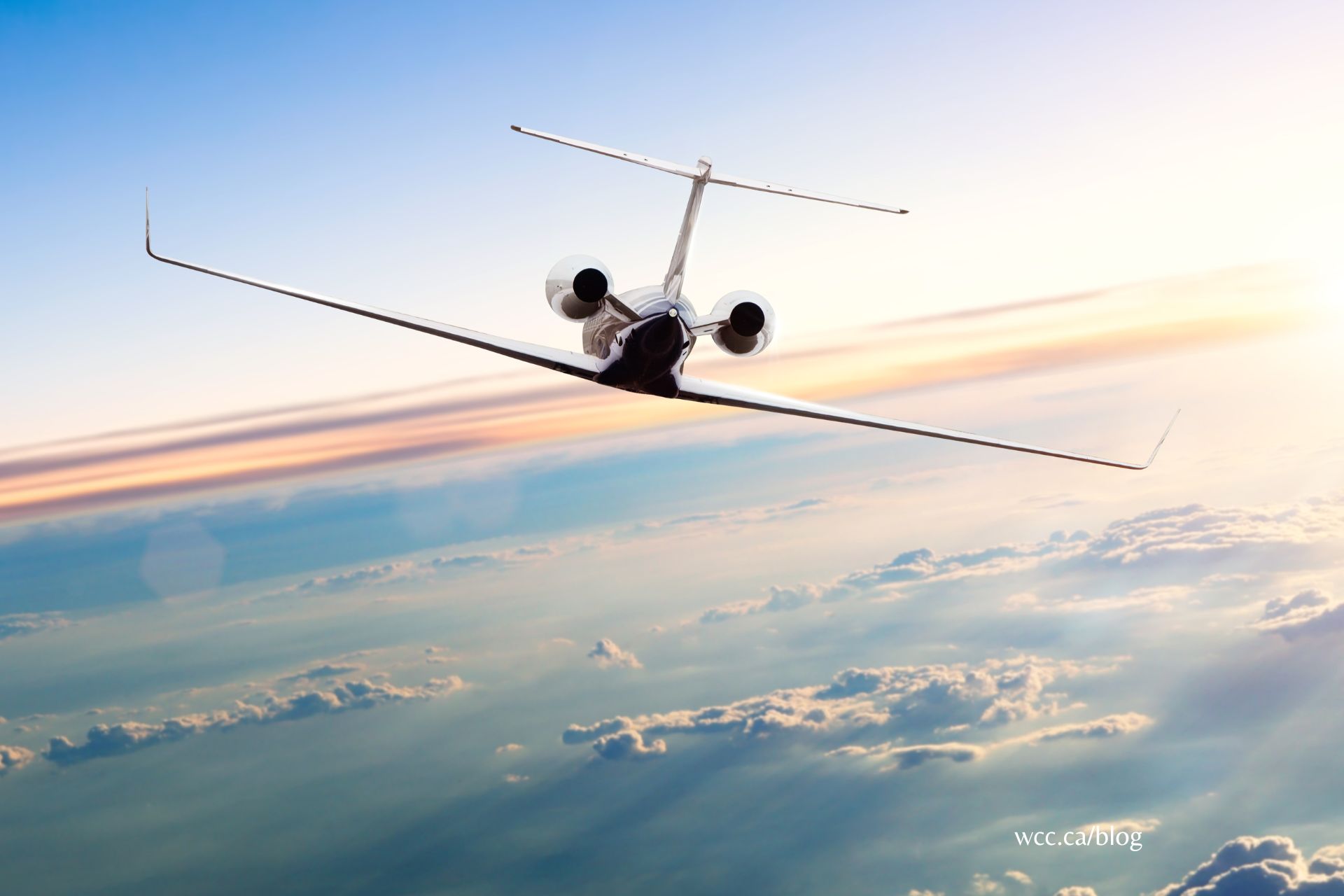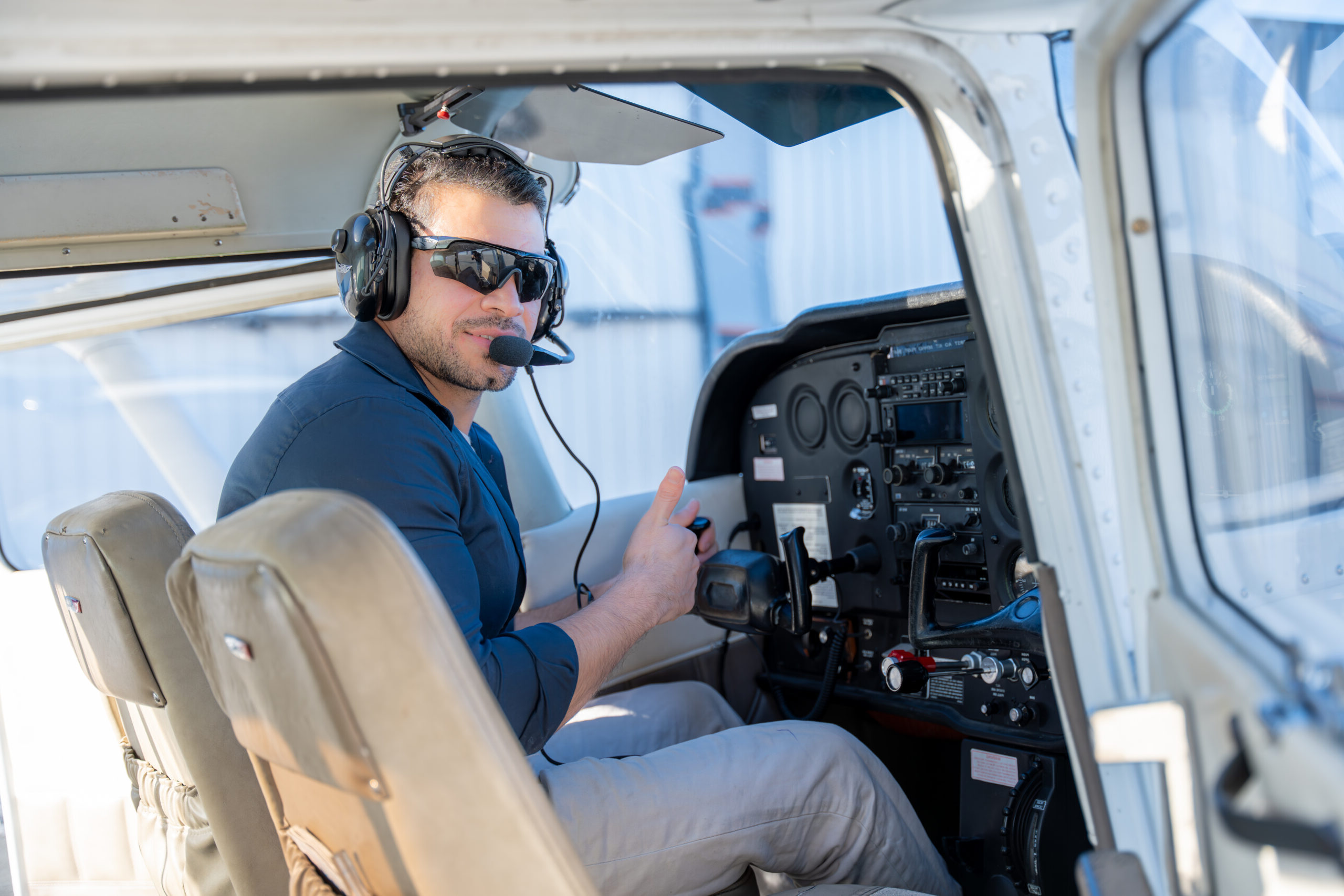The potential of international flying with a private pilot’s license is an enticing option for pilots looking to broaden their horizons and visit various locations.
Understanding the complexity of international aviation is not only a legal requirement, but also an indicator of professionalism and responsibility.
In this article, we will answer your question, ‘can you fly internationally with a private pilot’s license?’ and discuss the complexities of international travel with a private pilot license, including the legislative framework, logistical hurdles, and cultural sensitivity that drive this fascinating endeavor.
So, let’s get started!
Regulations and Limitations:
- Airspace restrictions: Private pilots must follow the airspace restrictions of any nation they fly over or into. These rules control airspace classifications, entry/exit procedures, and altitude limits. Failure to follow airspace restrictions might result in infractions, fines, or even legal action.
- Customs and Immigration: Private pilots flying abroad must follow customs and immigration procedures while crossing foreign boundaries. This involves declaring products, getting the requisite visas or entrance permits, and filling out customs declarations. Failure to comply with customs and immigration rules may result in delays, penalties, or rejection of admission.
- Communication: When flying abroad, effective communication with air traffic control (ATC) and other authorities is critical. Private pilots must follow international radio protocols and linguistic standards in order to communicate clearly and accurately. Failure to communicate properly might jeopardize safety, resulting in misunderstandings and airspace breaches.
- Navigation and Flight Planning: When flying internationally, private pilots must plan their itineraries carefully and get the appropriate approvals. This involves taking into account limits on airspace, meteorological conditions, and navigation aids. Poor planning can lead to navigational mistakes, fuel shortages, or unauthorized airspace entrance.
- Weather Considerations: When flying internationally, private pilots must analyze the weather conditions along the route and at their destination. This involves taking into account weather patterns, seasonal fluctuations, and potential risks like thunderstorms or ice conditions. Failure to address weather conditions might jeopardize safety, resulting in accidents or crises.
- Security rules: Private pilots must follow international security rules and procedures, including as passenger and cargo screening, limited airspace use, and airport security measures. Failure to follow security standards may result in grounding, penalties, or legal consequences.
Requirements for International Flying:
License and Certification
When flying abroad as a private pilot, specific licensing and qualification criteria must be met:
- Private Pilot License: Pilots must have a valid private pilot license from their country’s aviation authority. This license certifies the pilot’s ability to operate aircraft within the privileges and limits stated.
- Certificates: Pilots may require extra certificates or endorsements depending on their destination and route. For example, flying in restricted airspace or over water may need additional training or endorsements, such as instrument rating or overwater training.
Aircraft and Equipment.
To guarantee safety and compliance on international flights, specific aircraft and equipment requirements are required:
- The aircraft must be airworthy and meet international aviation regulations. This involves regular maintenance, paperwork, and equipment installation.
- Aircraft should be equipped with appropriate navigation and communication systems to allow for safe and efficient flight operations. GPS, VHF radios, transponders, and satellite communication systems are all possible examples.
Flight Planning:
Thorough flight planning is critical for successful foreign journeys:
- Route Planning: Pilots must carefully plan their itineraries, taking into account airspace constraints, weather conditions, and navigation aids. This may entail utilizing international charts, airspace papers, and internet resources.
- Fuel Stops: Preparing for fuel stops is critical, especially for lengthier international flights. Pilots should think about fuel availability, cost, and customs regulations at each stop.
- Customs and entrance rules: Pilots must research and adhere to the customs and entrance rules for each overseas location. This involves getting the proper visas, submitting customs declarations, and following immigration processes.
Tips for International Flying:
- Become acquainted with international aviation laws, airspace classifications, and entrance procedures for each location.
- Learn basic phrases in the local language and utilize aviation English to effectively communicate with air traffic control.
- When engaging with aviation workers and residents in overseas destinations, be mindful of cultural differences and customs.
- Plan the flight thoroughly, taking into account weather conditions, fuel requirements, and customs procedures for each leg of the route.
- Make sure any required documentation, such as a pilot’s license, medical certificate, and passport, is current and easily available.
- To negotiate different airspace rules, use trustworthy navigation instruments such as GPS, maps, and navigation applications.
- Carry emergency supplies, such as survival gear and emergency beacons, and be ready for unforeseen emergencies.
- To guarantee clear and successful communication with air traffic control, adhere to conventional aviation phraseology and protocols.
- Be prepared to adjust to changing conditions, such as weather delays, airspace restrictions, and unexpected route adjustments.
Documentation and Paperwork:
Flying abroad with private pilot certification need thorough documentation and paperwork to ensure regulatory compliance and a comfortable travel experience. Here’s a full summary of the necessary papers for overseas flights:
- Passport: A current passport is the primary form of identification necessary for international travel. Check that your passport is valid for the duration of your journey and has enough blank pages for entrance and departure stamps.
- Pilot License and Medical Certificate: Always carry your private pilot licence and medical certificate issued by your country’s aviation authorities. These documents certify your qualifications and medical competence to fly an aircraft.
- Aircraft Registration: The aircraft registration certificate provides documentation of the aircraft’s ownership and registration. Ensure that the registration is up to date and matches the aircraft’s identifying marks.
- Insurance Documents: Carry proof of aircraft insurance coverage, such as liability and hull insurance. Some nations may demand special insurance coverage for overseas flights, so verify and comply with local insurance laws.
- Plan your flight: For foreign flights, a flight plan must be filed with the relevant aviation authority or air traffic control station. Include information such as the departing and destination airports, planned route, expected travel time, and gasoline aboard.
- Declarations by Customs: Complete any customs declarations necessary for the importation of goods or commodities carried on the airplane. Declare anything that is subject to customs duties or limitations, such as guns, cash, or agricultural products.
Communication and Language Challenges:
- Miscommunication and misunderstandings on international flights can occur due to differences in the languages used by air traffic controllers and airline workers.
- Aviation communication uses technical vocabulary that non-native English speakers may not be familiar with, making it difficult to understand and respond to orders.
- Cultural variations in communication styles and customs might affect pilot-air traffic controller relations, necessitating adaptation and flexibility.
Strategies for overcoming language barriers:
- Improve your English language abilities with instruction and practice
- To communicate clearly and effectively, use standardized aviation phraseology
- Receive instruction to increase your language skills and aviation communication abilities
- Aviation English Classes: Enroll in specialized courses covering aviation English and radiotelephony protocols
- Use aviation applications and technologies to help with translation and real-time communication
Conclusion:
To summarize, flying overseas with a private pilot’s license necessitates careful planning, obedience to restrictions, and constant awareness. It’s an exciting adventure full of opportunity for discovery, but it also needs a thorough awareness of various airspace rules, rigorous preparation, and a strong dedication to safety.
A successful international flight requires thorough preparation, which includes route planning, weather analysis, and paperwork preparation. Compliance with international aviation rules, ranging from licensing and certification standards to customs and immigration processes, is critical to ensuring safe and legal operations.
Continuous learning and adaptability are also required, since foreign flying brings distinct obstacles and chances for advancement.
Therefore, by adhering to these standards and being committed to safety and professionalism, private pilots may start overseas flights.
I hope this article answered your question, “Can you fly internationally with a private pilot license?”
FAQ’s:
Q: What are the regulations for flying internationally with a private pilot’s license?
A: Private pilots must adhere to international aviation laws, including airspace limits and entrance criteria for each location.
Q: Are there specific requirements or certifications needed for international flights?
A: Private pilots may require extra certificates or endorsements according on the destination, like as instrument rating or overwater training.
Q: How should private pilots plan their flights for international travel?
A: Private pilots should thoroughly plan their flights, taking into account aspects such as route, weather, fuel stops, and customs procedures for each leg of the voyage.
Q: Are there cultural considerations when flying internationally?
A: When working with aviation officials and residents in overseas destinations, private pilots must be mindful of cultural differences and traditions.
Q: What documentation is essential for international flights as a private pilot?
A: Passport, pilot license, medical certificate, aircraft registration, insurance certificates, and customs declarations are all necessary documents.
Q: How do private pilots handle communication and language challenges when flying internationally?
A: Private pilots can overcome language hurdles by improving their English skills, employing standard aviation phraseology, receiving communication training, and using aviation applications for translation help.



